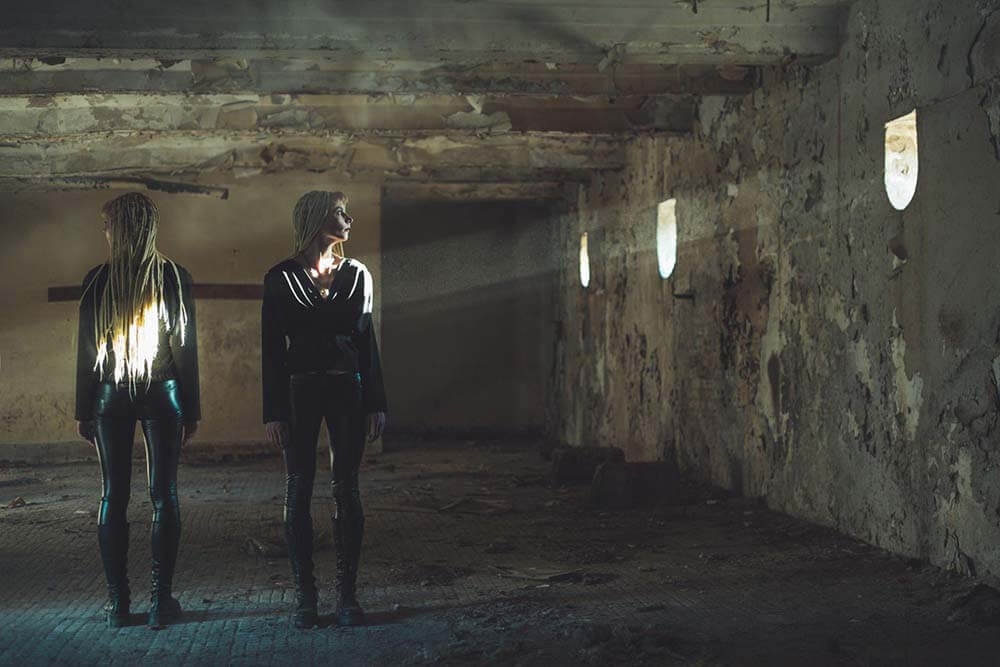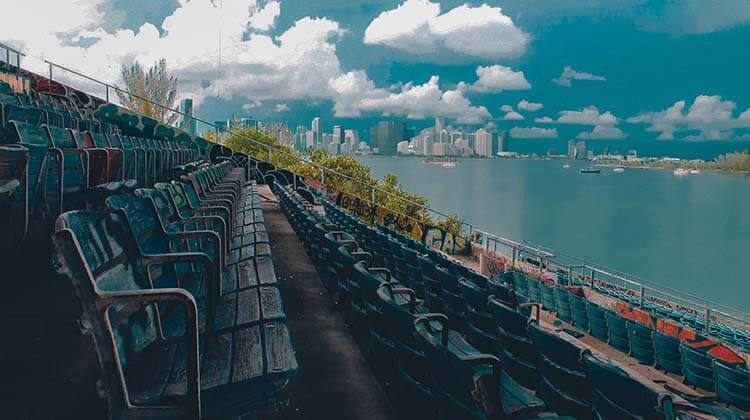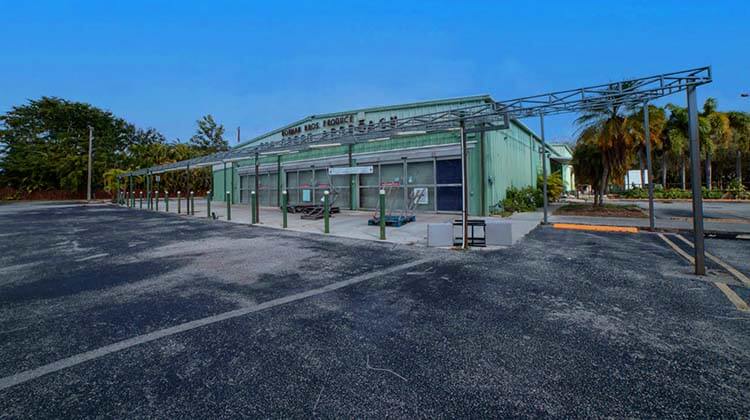Miami is a city that has a rich history and vibrant culture, but it also has a hidden side that is often overlooked. Urban exploration in Miami has become increasingly popular in recent years, as people have discovered the allure of abandoned buildings in Miami.
From the Miami Marine Stadium to the First Church of Christ Scientist, there are numerous abandoned places in Miami that are waiting to be explored. Some areas even resemble Miami ghost towns, frozen in time and waiting for curious visitors to uncover their secrets.
Whether you’re an experienced urban explorer or just looking for a unique adventure, exploring abandoned places in Miami is sure to be an unforgettable experience.
The History of Abandoned Places in Miami
Miami has a rich and colorful history that dates back to the early 1900s. The city grew rapidly during the Florida land boom of the 1920s, with many buildings and structures erected during this time period.
However, the Great Depression and World War II caused a decline in the city’s economy, leading to the abandonment of many buildings and structures.
In recent years, there has been a growing interest in exploring abandoned places in Miami. Urban explorers and photographers are drawn to the city’s unique architecture and urban decay, while history buffs are fascinated by the stories behind these abandoned places.
Best Abandoned Places to Visit in Miami
If you’re interested in exploring abandoned places in Miami, here are some of the best sites to visit:
Miami Marine Stadium

The Miami Marine Stadium was abandoned after Hurricane Andrew in 1992. The hurricane caused extensive damage to the stadium and left it in a state of disrepair. Despite efforts to repair and reopen the stadium, it remained closed due to a lack of funding and political will.
Over time, the stadium became a haven for graffiti artists and urban explorers, who saw the abandoned structure as a canvas for their art and a playground for their adventures.
In addition to the damage caused by the hurricane, the stadium also faced a number of other challenges. The cost of maintaining and repairing the stadium was high, and there were concerns about the environmental impact of the stadium’s location on the waterfront.
Furthermore, there were conflicts over the stadium’s use and ownership, as different groups had different visions for its future.
Despite these challenges, there have been ongoing efforts to restore the Miami Marine Stadium. In 2013, the stadium was added to the National Register of Historic Places, which provided some recognition and protection for the structure.
In 2016, the stadium was reopened for a one-day event featuring art, music, and performances, which helped to raise awareness of the stadium’s potential as a cultural and community space.
Since then, there have been ongoing discussions and plans for the restoration of the stadium. The Friends of Miami Marine Stadium, a non-profit organization, has been leading the efforts to raise funds and support for the restoration project. The plans for the restored stadium include a mix of cultural, educational, and recreational activities, such as concerts, water sports, and community events.
The Miami Marine Hospital
The Miami Marine Hospital, built in 1939, served as a hospital for the U.S. Public Health Service until 1952. After its closure, the hospital was abandoned and fell into disrepair.
Over the years, the building was used for various purposes, including as a homeless shelter. In 1992, the hospital was added to the National Register of Historic Places, and efforts were made to restore it.
However, the restoration efforts were unsuccessful, and the hospital continued to deteriorate. In 2014, the city of Miami acquired the hospital, and there are plans to redevelop it as a mixed-use development.
The redevelopment plans include restoring the historic features of the building and incorporating them into a new development that will include commercial, residential, and community spaces.
The redevelopment project is expected to bring new life to the area and provide a valuable resource for the community.
The Miami Marine and Bounty Museum
The Miami Marine and Bounty Museum was founded in 1996 by a local maritime historian and former commercial diver, Capt. Dan Thompson. The museum was located in a 7,000-square-foot warehouse in the heart of Coconut Grove, an area known for its rich maritime history.
The museum’s collection includes over 10,000 artifacts, including ship models, nautical instruments, and historic photographs.
Despite its interesting exhibits and unique location, the Miami Marine and Bounty Museum struggled financially, and its doors closed in 2007. The main reason for the museum’s closure was the high rent of the warehouse and a lack of funding to sustain operations.
Since then, the building has remained abandoned, but its exterior is still adorned with maritime-themed murals.
Although the Miami Marine and Bounty Museum is no longer in operation, the abandoned warehouse still attracts visitors interested in its unique history and architectural features.
The building’s industrial aesthetic, combined with its nautical-themed murals, makes for an intriguing urban exploration destination in Miami’s Coconut Grove neighborhood
The Gold Coast Railroad Museum
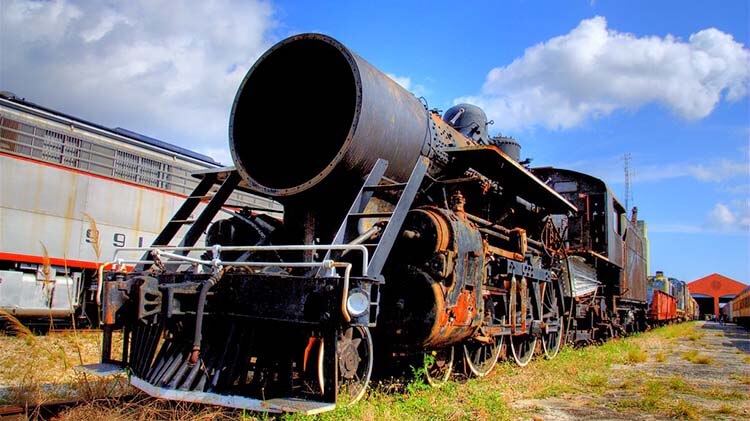
The Gold Coast Railroad Museum is an absolute must-visit for anyone interested in the history of railroads in Florida. The museum is located in an abandoned train depot and offers a fascinating look into the state’s railroad history.
The museum is home to a unique collection of vintage trains and locomotives, including the famous “Ferdinand Magellan,” which was once used by President Franklin D. Roosevelt.
First Church of Christ Scientist
The First Church of Christ Scientist is a stunning example of neoclassical architecture and is considered a historic landmark in Miami.
However, after many years of abandonment, it has become a hotspot for urban explorers and photographers looking for an eerie and unique location to capture their art.
The First Church of Christ Scientist was abandoned in the 1990s due to declining membership and financial difficulties.
With fewer members attending services and contributing to the church, it became increasingly difficult to maintain the building and keep it in good repair. Eventually, the decision was made to close the church and sell the property.
Grand Bay Hotel
The Grand Bay Hotel was one of Miami’s most luxurious hotels in the 1980s, catering to the rich and famous. However, the hotel’s fortunes changed after Hurricane Andrew struck in 1992, causing extensive damage to the property.
The hotel was abandoned soon after the hurricane and remained vacant for nearly three decades. The abandoned hotel became a popular destination for urban explorers who were drawn to its eerie beauty and mysterious atmosphere.
Despite its abandonment, the Grand Bay Hotel continued to attract attention and was even featured in movies and TV shows. However, the hotel’s fate was sealed in 2020 when it was demolished to make way for a new development.
Although many people were saddened by the loss of the iconic building, the demolition marked the end of an era and the beginning of a new chapter in Miami’s history.
Today, the site of the former Grand Bay Hotel is being redeveloped into a new mixed-use project that includes luxury residential units, hotel rooms, and retail space. The new development promises to be a vibrant addition to the Coconut Grove neighborhood and will provide visitors with a new and exciting place to explore.
Norman Brothers Produce

Norman Brothers Produce is a unique abandoned market located in South Miami. Once a bustling hub for fresh produce, the market closed its doors in the early 1990s and has been left to decay ever since. However, despite its derelict state, the market remains a popular destination for urban explorers and photographers.
The market was originally opened in 1956 by the Norman family, who were known for their commitment to quality produce and excellent customer service. For decades, the market was a staple of the local community, attracting shoppers from all over the Miami area.
However, by the 1990s, the market began to face stiff competition from larger supermarkets, and business began to decline. The owners eventually made the difficult decision to close the market, and it has remained abandoned ever since.
Today, the market is a haunting reminder of Miami’s past, with rusted metal gates and broken windows. However, the market’s unique architecture and faded signage continue to attract visitors who are interested in exploring its decaying interior and capturing its eerie beauty through photography.
It’s important to note that the market is on private property and trespassing is strictly prohibited. Visitors are urged to view the market from a safe distance and to respect the owners’ property.
Lincoln Memorial Park
Lincoln Memorial Park is a historic cemetery located in the Brownsville neighborhood of Miami. The cemetery was established in 1924 and served as the final resting place for many prominent African Americans, including athletes, civil rights activists, and musicians.
However, the cemetery fell into disrepair and was abandoned in the 1980s due to mismanagement and financial troubles.
Over the years, the cemetery became overgrown and neglected, with many of the headstones and gravesites falling into disrepair. However, in recent years, the city of Miami has taken ownership of the cemetery and has plans to restore it to its former glory.
The restoration process will involve clearing the overgrown vegetation, repairing damaged gravesites, and installing new security measures to prevent vandalism.
Despite its neglected state, Lincoln Memorial Park remains an important historical site in Miami and is worth visiting for those interested in African American history and culture.
Some notable figures buried at the cemetery include baseball player John Henry Lloyd, civil rights activist Carrie Meek, and musician Johnny “Guitar” Watson. The cemetery also offers a unique glimpse into the city’s past and the struggles of its African American community.
North Dade Detention Center
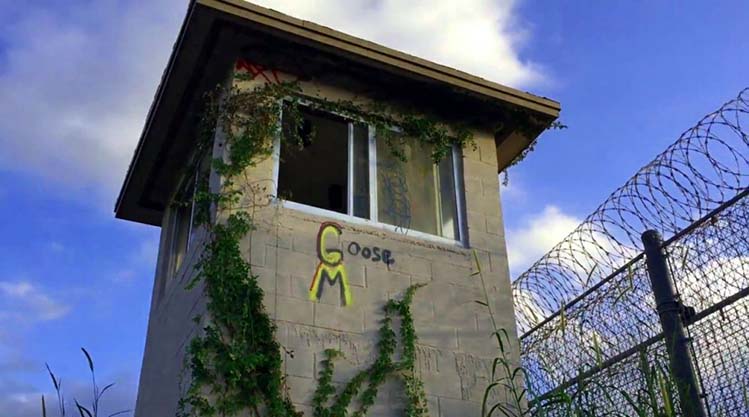
The North Dade Detention Center is an abandoned prison that was built in 1976. The prison was closed in the 1990s and has since been left to decay. The North Dade Detention Center is located at 14150 NW 20th St in Miami.
While the building is abandoned and not open to the public, it is still a fascinating piece of Miami’s history. The prison was known for its overcrowded and inhumane conditions, leading to multiple riots and incidents during its operation.
The prison was eventually closed due to the poor conditions and the expense of renovating the building to meet safety standards.
Exploring the outside of the building provides a glimpse into the past and the conditions that inmates endured. The walls are covered in graffiti, and the windows are broken, giving the building a haunting appearance.
The building’s size is also impressive, with multiple wings and stories that housed hundreds of inmates at one time.
It’s important to note that the North Dade Detention Center is private property, and entering the building is illegal. While exploring abandoned places can be exciting, it’s crucial to respect the law and the dangers associated with these locations.
However, even from the outside, the North Dade Detention Center is worth visiting for those interested in Miami’s history and abandoned places.
Sunrise Cinemas Intracoastal 8
The Sunrise Cinemas Intracoastal 8 was a movie theater that operated for over 20 years in North Miami Beach. The theater closed in 2014, and the building has since been abandoned. The theater is located at 3701 NE 163rd St in North Miami Beach.
The outside of the building has become overgrown and is covered in graffiti, giving the building a spooky appearance. Inside, the theater’s seats and screens still remain, but the building has been vandalized and stripped of any valuable equipment.
While the Sunrise Cinemas Intracoastal 8 may not have the same historical significance as some of the other locations on this list, it’s still a fascinating location to explore for those interested in urban decay and abandoned places.
The building’s decay and vandalism provide a stark contrast to the entertainment and excitement that once took place inside its walls.
Exploring abandoned places in Miami can be a thrilling and eye-opening experience, but it’s essential to do so safely and legally. Always be aware of the dangers associated with exploring abandoned buildings, and never enter a building without permission.
By respecting the law and the history of these locations, visitors can enjoy the unique beauty and historical significance of Miami’s abandoned places.
Tips for Exploring Abandoned Places in Miami.

If you’re a fan of urban exploration, Miami is a city that offers plenty of opportunities to explore abandoned buildings and Miami ghost towns.
With a rich history and a variety of structures that have fallen into disrepair over the years, there are plenty of abandoned places in Miami to discover.
However, before setting out on your adventure, it’s important to keep a few tips in mind to ensure a safe and respectful exploration. In this article, we have provided some guidance for exploring abandoned places in Miami, while also highlighting the city’s unique history and urban decay.
Whether you’re a local or a tourist interested in Miami tourism, this guide will help you make the most of your urban exploration in Magic City.
Frequently Asked Questions
-
Is it legal to explore abandoned places in Miami?
Exploring abandoned Florida places is generally illegal, as these places are usually private property and trespassing is a crime. Additionally, abandoned buildings and structures may be unstable or contain hazardous materials, making them dangerous to enter. It is always best to obtain permission from the property owner and take necessary safety precautions before exploring abandoned places.
-
Why are there so many abandoned Florida places?
Florida has a long history of development and redevelopment, with many buildings and structures being built, used for a time, and then abandoned or demolished to make way for new development. Economic downturns, natural disasters, and changes in the industry can also contribute to the abandonment of buildings and structures.
-
Are there any abandoned places in Miami that are open to the public?
There are a few abandoned places in Miami that are open to the public, such as the Miami Marine Stadium and Virginia Key Beach Park. These places have been designated as historic landmarks and are open for tours or events. However, it is important to note that most abandoned places in Miami are private property, and exploring them without permission is illegal and dangerous.
-
Are abandoned places in Miami safe to visit?
Urban exploration of abandoned places in Miami can be dangerous and is not recommended due to potential safety hazards, structural instability, and trespassing laws. It is important to respect private property and follow all safety guidelines if visiting these locations.
Conclusion
Miami’s abandoned places are a testament to the city’s rich history and the changing urban landscape. From the Miami Marine Stadium to the Sunrise Cinemas Intracoastal 8, each location on this list provides a unique glimpse into Miami’s past.
When exploring abandoned places in Miami, it’s essential to do so safely and legally. Always be aware of the dangers associated with exploring abandoned buildings, and never enter a building without permission.
By respecting the law and the history of these locations, visitors can enjoy the unique beauty and historical significance of Miami’s abandoned places.
Whether you’re interested in urban exploration or simply curious about Miami’s history, exploring the city’s abandoned places is a must-do activity.
From the haunting beauty of the Marine Stadium to the eerie remains of the North Dade Detention Center, these locations offer a glimpse into Miami’s past and the changing urban landscape.
